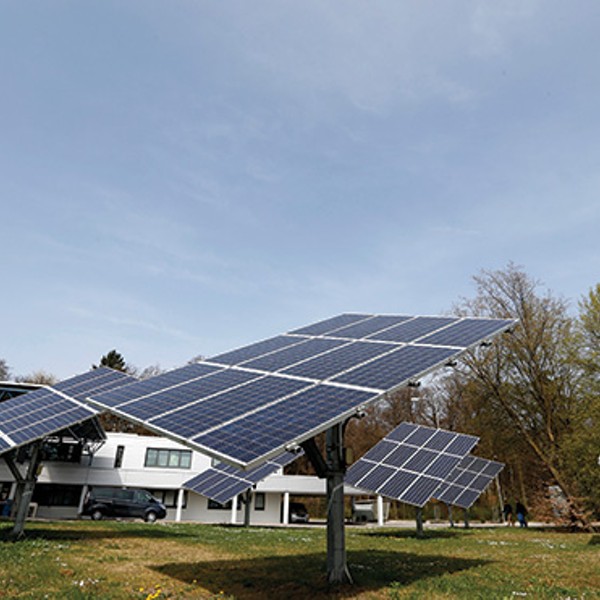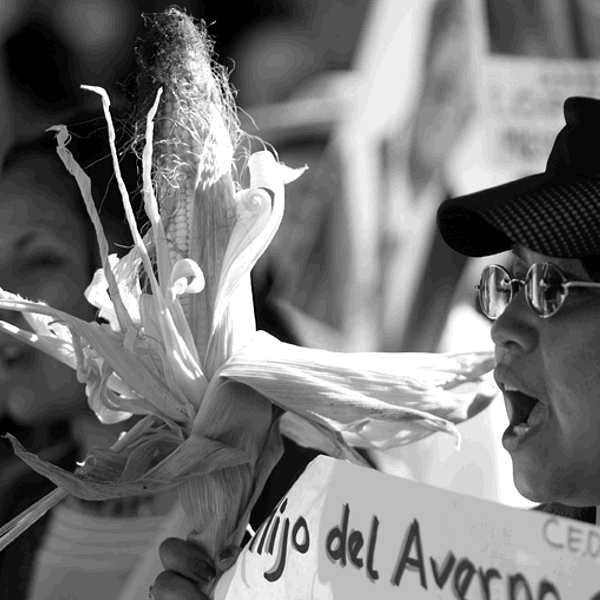The chronic hunger suffered by more than 800 million people in the world results from poverty, not a global shortage of food. The causes and solutions to poverty are more complex than the criticism that biofuels will raise food prices or that corn used to make fuel would otherwise feed the world’s hungry.
At an agriculture conference a couple of years ago, I met a Mexican agricultural economist who hoped that every last kernel of US corn would be used to make ethanol so global grain companies would stop dumping heavily subsidized US corn at below production cost in Mexican markets. Poverty and hunger in rural Mexico (and immigration to the US) increased because NAFTA and subsidized US corn displaced two million Mexican farmers.
In this analysis, domestic demand that takes subsidized US and European grain out of global markets will reduce poverty and hunger. Grain and cotton dumped by the US and Europe on world markets at below production cost drives farmers off their land and ruins rural economies in poor countries where most hungry people live. It was the poor countries that stalled (if not killed) the WTO over the issue of subsidized crops exported by rich countries.
World commodities markets have been awash in cheap, subsidized grain for the past 30 years without ending hunger. For decades the US and Europe used food aid to poor countries as a sink for domestic overproduction. This saves lives during short-term crises, but has done nothing to solve the poverty that causes chronic hunger. I don’t doubt that the corn to fill an SUV gas tank contains enough calories to feed a person for a year. But the US does not grow corn to feed the world. A more relevant comparison is that the corn to make 25 gallons of biofuel now makes enough high-fructose corn syrup to sweeten 250 gallons of soda. Ethanol does not take food from the hungry or drive prices, any more than the corn we grow to produce marbled beef, fat hogs, Chicken McNuggets, and high-fructose corn syrup to sweeten junk food and soda. Ethanol competes with high-fructose corn syrup for the starch in corn; the leftover protein still gets fed to cattle.
Domestic US demand for ethanol has driven up corn prices above production costs for the first time in decades, and US and European futures markets do drive the price of grain marketed by global grain companies. The rich countries need to help consumers in poor countries that have been hurt by high grain prices. But to reduce poverty, global trade and foreign aid need to strengthen rural economies, not flood markets in poor countries with subsidized grain. In the long run poor rural economies will be stronger, with less poverty and hunger, if farmers in poor countries can make a living.

















